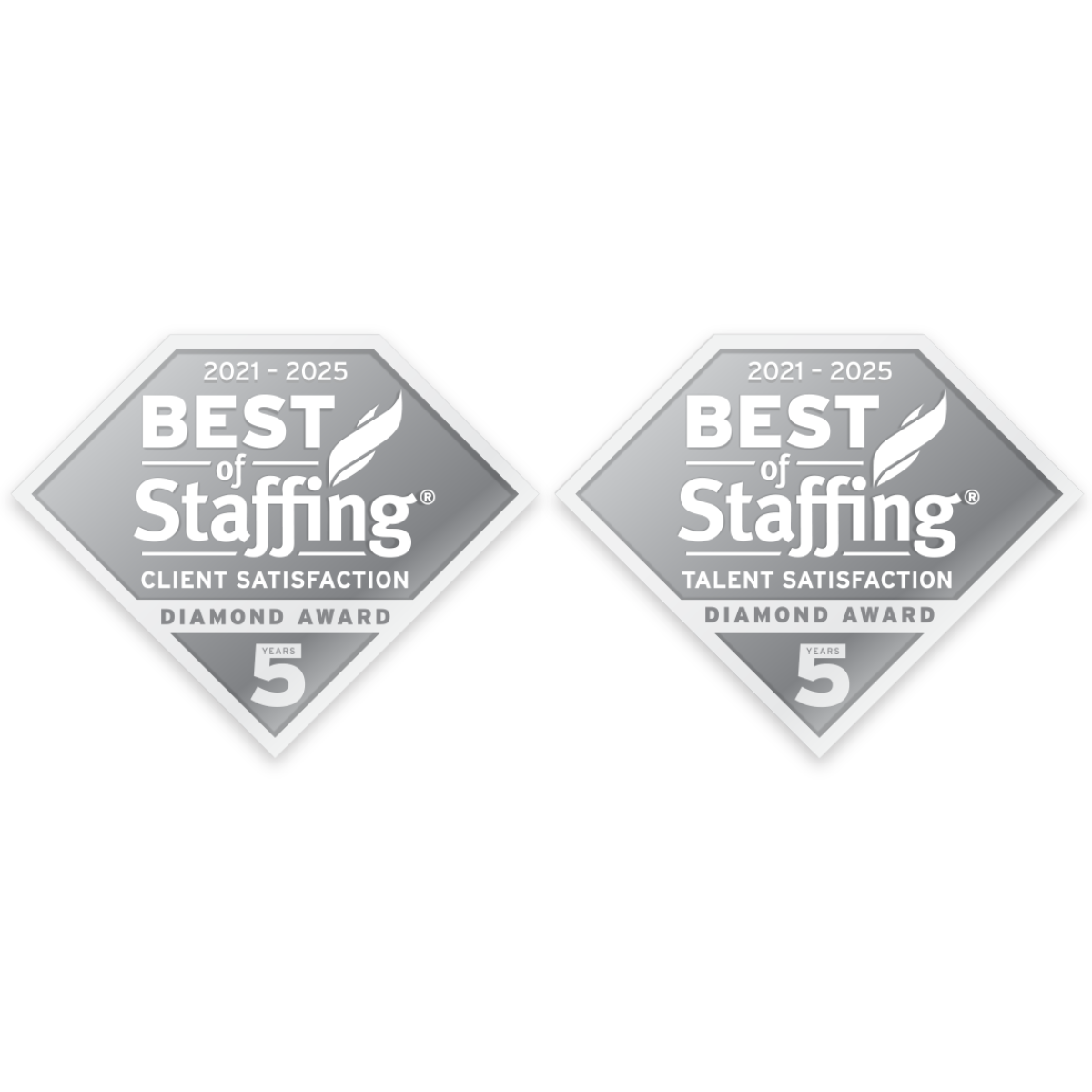Stock photo literacy isn’t just for designers and art directors! Beyond producing LOL-worthy memes, stock imagery is one of the great equalizers in marketing, allowing companies that don’t have the budget for original photography to use sharp, high-quality images in their communications.
If you work at a small agency or company and wear many different hats, you’ll probably be asked at least once to help research stock photos. Or, you may even be asked to complete a project that requires using stock photography. Here are a few basic terms and ideas that can set you up for success (and help you avoid getting sued).
Rights-managed images vs. Royalty-free images
When you go to select images from one of the leading online stock photo agencies like Getty Images or Shutterstock, you’ll be able to search and filter based on photos that are either royalty-free or rights-managed. Know the difference before you make your selection.
Rights-managed images
For public-facing communications that have to stand out for the right reasons, you’ll probably want to choose rights-managed images (which are generally more expensive). The costs are based on the intended usage, duration of time, the media you’re using (e.g., digital only, print, billboard), where the image will appear, and if you want any exclusivity — that is, if you are willing to pay enough so that the photographer or agency won’t license it to other companies in your industry, and geographical location. You can even purchase complete exclusivity. It’s not quite ownership, but you are drastically reducing the chances that one of your images will turn up in a competitor’s ad in two months. Rights-managed images have very specific terms of use, and you may need to renew your rights (i.e., pay more) to use the image over time.
Royalty-free images
The basic idea behind a royalty-free image is that you pay for it once, and you can use it as many times and in as many different places as you want. Royalty-free image prices are based on image size (and of course, where you get them) and tend to be much less expensive than rights-managed images. The downside is that you have no guarantees of exclusivity — the same image you purchased to represent your customer service rep may be used on a package for adult incontinence products or grace a magazine spread for an article about heroin addiction. These are admittedly extreme examples, but there are more than a few angst-riddled tales about stock photo models who’ve suffered the consequences of having their photos used as stand-ins for terrorists, werewolves, and guys with really awful penis conditions (SFW). Royalty-free images are great for internal communications, images of secondary importance, backgrounds, or inanimate objects.
Free images
There are also public domain or Creative Commons images. These images are free, but you may need to credit the photographer or agree to use them in a specific fashion. There are hundreds of sites dedicated to hosting Creative Commons images; if you want to go this route, try places like Flickr’s Creative Commons section or the aggregator site Creative Commons Search. All of them have different legalese and licensing agreements so make sure to read the fine print before downloading and using photos!
Illustrations
Most stock houses also sell illustrations known as vector graphics. Vector images are drawings or clip art that can be used in logos and illustrations. These are usually created in Illustrator. Unlike a photographic image, which is usually made of pixels, vector graphics can be scaled up or down without losing resolution.
Things to know
You can assemble an entire image library from stock photography. Many agencies have extensive selections of work from each of the photographers they represent. Most of the bigger stock photos houses have representatives who can help you find “of a kind” images (i.e., you give them a photo, and they can suggest ones that are stylistically or compositionally similar), which can save you countless hours of research.
You should never “screenshot” stock images or use “samples.” Even if you’re just creating an internal PowerPoint deck that will only be seen by three other people, grabbing low-res “samples” from stock photo agencies is technically stealing. Of course, it’s not likely that you’ll be discovered, but it’s really bad form and could be liable for fines or criminal charges. It’s risky and unnecessary, considering there are places where you can buy royalty-free stock photos for as low as $3.
Choosing and using stock photos is fun, but it is serious business. No matter what your needs are, ALWAYS read the fine print to keep yourself and your company in the clear.
Lisa is a Creative Circle candidate and seasoned advertising copywriter who lives in Los Angeles. Her background includes both in-house and agency work on Fortune 500 and global accounts in the consumer and healthcare/pharmaceutical fields. She excels at words, fashion, and cats. If you want to work with Lisa, contact Creative Circle Los Angeles.




